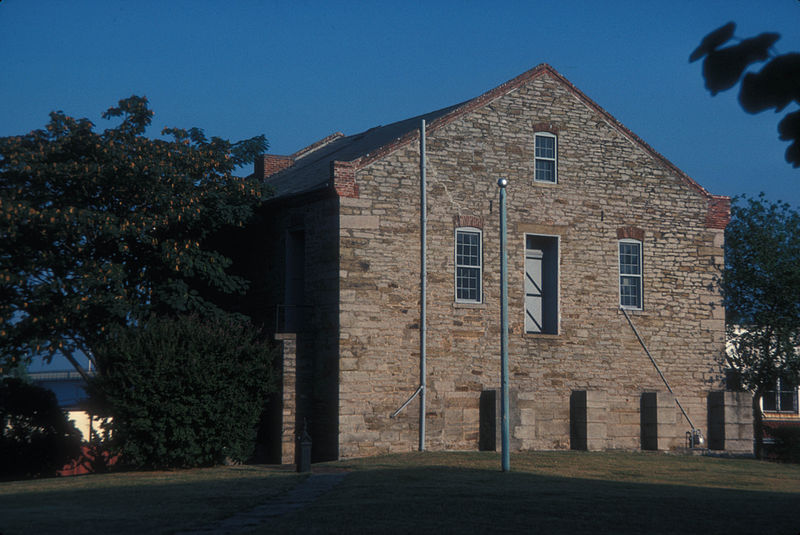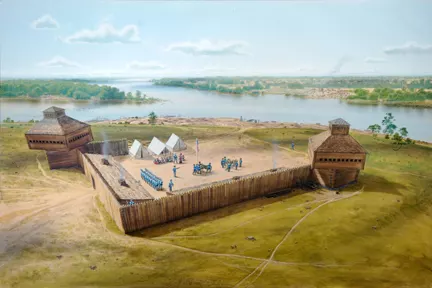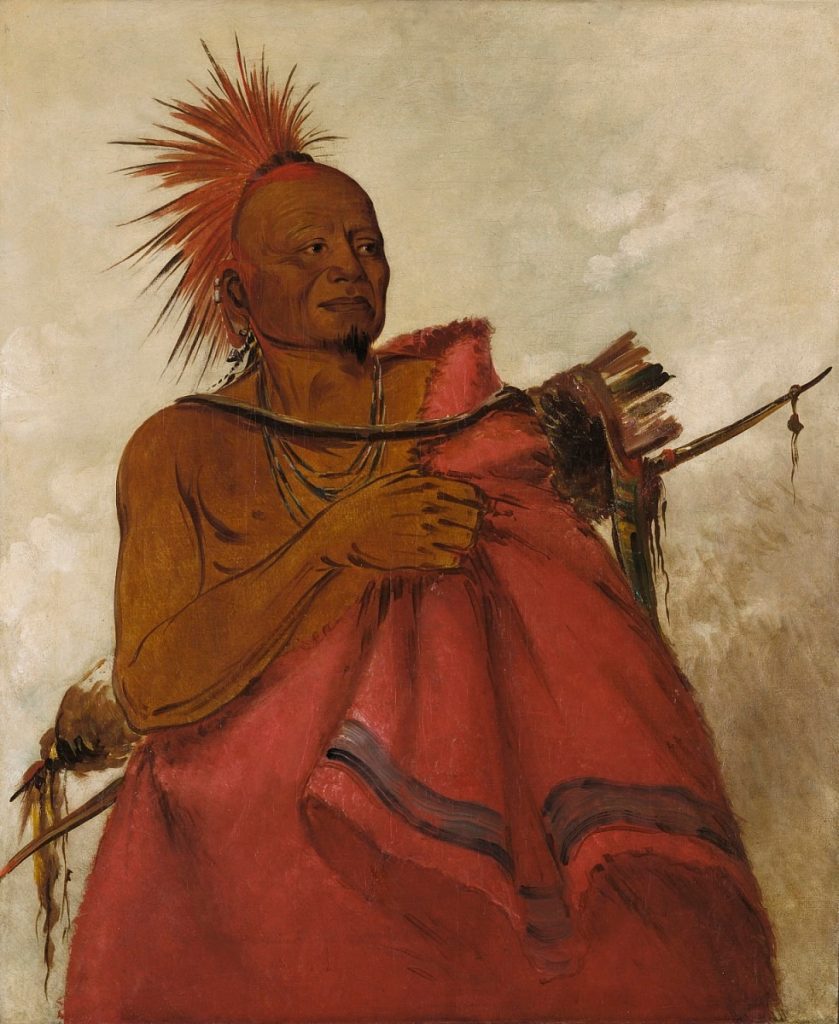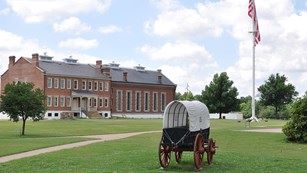By Dr. Curtis Varnell
Followed by several dozen excited fifth graders, I meandered across the grounds of the Fort Smith National park. Leaving a third of the group at the old trolley, a third with park interpreter Cody Farber, I took group three on a hike and exploration around the grounds of the National Park.
Most people visiting the park spend most of the time inside the main building, exploring the many exhibits, visiting the old jail, and sitting in the courtroom presided over by the “hanging judge,” Isaac C. Parker. Less visited, but very historic, sites are located across the 75 acres that comprise the National Park.

One of eight national parks within the state of Arkansas, the “old fort’ was established as a National Historic sited in 1961. Located in Fort Smith and along the Arkansas River, the site has served as a bastion against Indian attack, a Civil war fort, and as a frontier courtroom for Oklahoma territory.
Proceeding from the parking lot west, we cross the railroad tracks and climb the hill to the site where the original fort was established by Major Bradford in 1817. The foundations still stand, the stones of the blockhouse still forming the corners of the building. Kids swarm over the cannon, pointed across the river at the point where Osage Chief Bad-Tempered Buffalo and 200- hundred warriors gathered in April of 1824 to attack the fort. He became much better tempered when the two six-pound cannon were rolled out and aimed across the river at his men. The old fort was abandoned later that year when the military shifted the center of operations to Fort Gipson Oklahoma. Directly beneath the old fort is Belle Point, French for Beautiful Place. Indeed beautiful, rock ledges extend out into the confluence of the waters of the Poteau and Arkansas rivers. Huge iron circles embedded in the rock indicate where keel and steam boats were tied while offloading tribes on the last leg of the trail of tears.

The oldest existing building is the commissary, decked out just as it was in 1850 when it stored the supplies for the military. Nearby is the huge monument to Bass Reeves, one of the best of the lawmen of the Indian Territory.
The new fort, built on the present site, served as a fort for both the Union and Confederate forces at some point during the Civil War. It was converted to a court house and jail in 1871. For the next 25 years, Federal Justice for the Indian Territory was meted out by Judges and lawmen based on-site. One of the most famous books written about Arkansas, True Grit, describes one authors version of this time period. Judge Isaac C. Parker, often called the hanging judge, presided the majority of these years. He is known for the statements he issued while presiding at court, some of the more famous being: “Permit no innocent man to be punished, but let no guilty man escape.’ Another such statement was, “It is not the severity of the punishment but the surety of punishment that prevents crime.” Nevertheless, in the years that he and others administered the federal court in Fort Smith, 86 men were executed on the gallows. Up until 1876, hangings were public and crowds gathered to watch the event. Vendors circled through the crowd, selling popcorn, lemonade, and food. After 1876, a stockade was built around the gallows and the event became more humane and less a spectator sport.

Several well-known outlaws, including Cherokee Bill, were brought to final justice at the gallows. On at least two occasions, as many as 6 men were hang at the same time. At least two women were given the death sentence but no woman was ever hanged in Fort Smith. No horse thieves were ever hanged, that only occurred in westerns. The only hanging offences were rape and/or murder.
Students and adults exposed to the almost 80 years of local history that occurred at the historic site see not only the tensile and stars of history but touch on the warts that we have in our common existence. To visit is to come away with a greater sense of who we are as a people and country.







